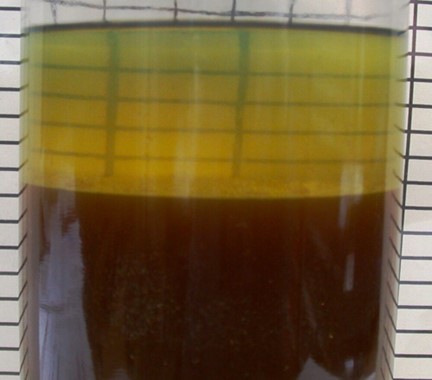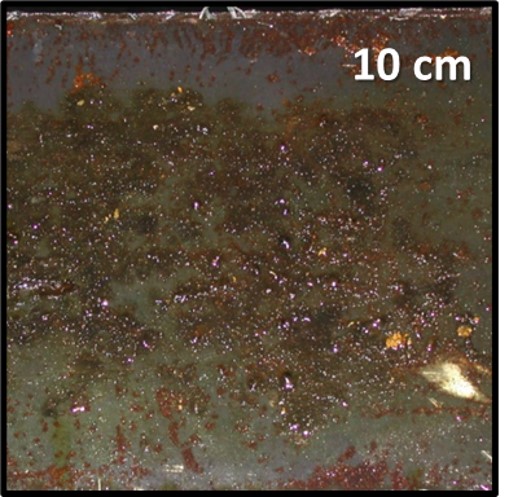
Bottom sample from ultra-low-sulfur diesel tank showing hazy fuel over bottoms-water loaded with suspended solids.
Opportunity Cost
In two previous articles, I’ve discussed the opportunity costs associated with premature filter plugging (see November 2016 and February 2019). My November 2016 article focused on the disconnect between operator awareness and the actual incidence of substantial contamination in underground storage tanks (UST) and fuel transfer equipment between…
READ MORE




